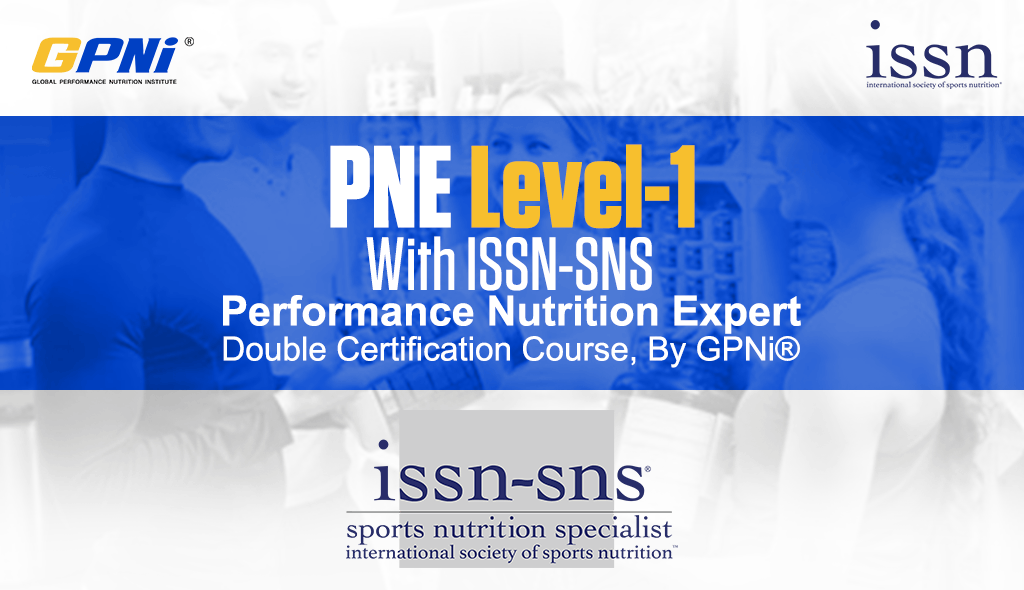Intermittent fasting (IF), or “light fasting,” is an eating pattern that alternates between periods of eating and fasting. In recent years, it has gained immense popularity among athletes, celebrities, and everyday people alike. Several well-known stars have mentioned in interviews that they use intermittent fasting to control their weight for film roles. The celebrity effect has helped make this method fashionable, adding to its mystique and increasing its appeal.
Given its popularity, one might ask: Does intermittent fasting guarantee weight loss? To understand this, we need to look at the history of intermittent fasting. In early 2012, the BBC’s leadership approached renowned British physician Dr. Michael Mosley with a pressing question: The country is experiencing a growing obesity crisis, and chronic diseases are becoming more prevalent among younger populations. Could you develop a dietary approach that encourages people to eat more scientifically, maintain a healthy weight, and improve overall health?
Dr. Mosley saw this as a valuable opportunity and agreed to the challenge. Over the following months, he and his team conducted research in several countries and universities, communicating with many individuals about their dietary habits and daily routines. The result of his extensive research led him to a key conclusion: when it comes to the general public, it is difficult to explain and manage food quantity, as many people lack awareness of portion control. Therefore, rather than focusing on the quantity of food, Dr. Mosley decided to focus on controlling the timing of meals, which led to the creation of intermittent fasting, also known as “light fasting.”

There are several strategies within intermittent fasting, each with different approaches. The first is the 16:8 strategy, which involves fasting for 16 hours a day and eating during an 8-hour window. During the 8 hours, theoretically, people can eat anything and in any amount. The second approach is the 5:2 strategy, where people eat normally for 5 days and restrict food intake to just 500-600 calories on the remaining 2 days. The third is the alternate-day fasting strategy, where you fast every other day.
From these approaches, it is clear that intermittent fasting controls timing, rather than the amount of food consumed. But what happens if, during the eating window, you consume high-calorie foods such as fried chips, sugary snacks, or fast food? From an energy balance perspective, weight loss requires a negative energy balance—meaning the calories consumed must be less than the calories burned. If someone follows an intermittent fasting strategy but overeats during the eating period, they are unlikely to achieve their weight loss goals.
International Sports Nutrition Society (ISSN) holds the view that, when compared with other caloric deficit strategies, intermittent fasting does not offer significant advantages. In fact, it does not show a clear improvement in body composition outcomes. The most critical factor for weight loss remains calorie control. To lose fat and weight, creating a calorie deficit is essential. No specific method is superior in the long run for fat loss.
When embarking on a weight loss journey, one of the most fundamental concepts to understand is Total Daily Energy Expenditure (TDEE). TDEE is the total number of calories your body needs to perform its daily functions, including basic bodily functions like breathing and digestion (known as Basal Metabolic Rate, or BMR), as well as physical activities such as walking, exercising, or even just standing. To lose weight, it’s essential to create a calorie deficit, which means consuming fewer calories than your body needs to maintain its current weight.

Once you have your TDEE, the next step is to reduce your caloric intake in order to lose weight. A common recommendation is to reduce your daily caloric intake by 500 to 750 calories per day, which generally leads to a weight loss of about 0.5 to 1 kilogram (1-2 pounds) per week. This amount of caloric deficit is considered sustainable and safe for long-term weight loss.
For example, if your TDEE is 2,500 calories per day, consuming 2,000 calories per day would create a 500-calorie deficit, leading to gradual weight loss. It’s important to avoid extreme calorie restriction, as very low-calorie diets can lead to nutrient deficiencies, muscle loss, and metabolic slowdown.
In conclusion, intermittent fasting is more of a trendy eating strategy that, at its core, may simply make eating feel more comfortable and promote a sense of well-being. If it helps you feel better physically and mentally, it can certainly be maintained as a lifestyle. However, it is crucial to understand the primary purpose of your dietary choice and select the strategy that will most effectively help you reach your goals.
References:
Mosley, M., & Spencer, M. (2012). The Fast Diet: Lose Weight, Stay Healthy, and Live Longer with the Simple Secret of Intermittent Fasting. Atria Books.
International Society of Sports Nutrition (ISSN). (2020). Position Stand: Intermittent Fasting. Journal of the International Society of Sports Nutrition, 17(1), 9. https://doi.org/10.1186/s12970-020-00353-6.
Trepanowski, J. F., & Varady, K. A. (2015). Intermittent fasting and human metabolic health. Journal of the Academy of Nutrition and Dietetics, 115(8), 1244-1255. https://doi.org/10.1016/j.jand.2015.01.035.
Mifflin, M. D., St Jeor, S. T., Hill, L. A., Scott, B. J., & Daugherty, S. A. (1990). A new predictive equation for resting energy expenditure in healthy individuals. American Journal of Clinical Nutrition, 51(2), 241-247. https://doi.org/10.1093/ajcn/51.2.241







